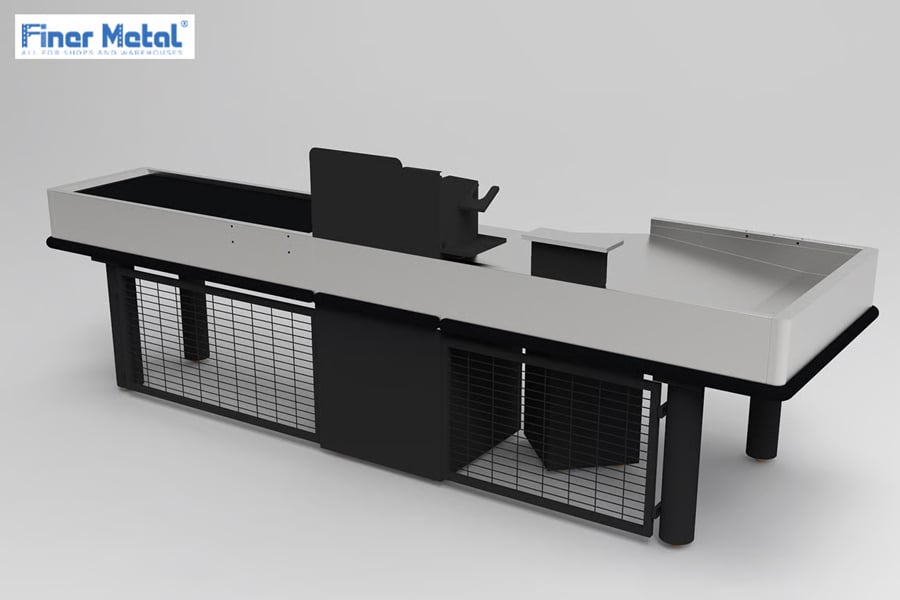When it comes to retail checkout design, efficiency is key. The layout of the checkout area can have a significant impact on the speed and ease of the transaction process. By strategically positioning cash registers, self-checkout kiosks, and bagging areas, retailers can help reduce wait times and improve the overall customer experience.
Creating a Welcoming Atmosphere
The design of the checkout area plays a crucial role in creating a welcoming atmosphere for customers. Bright lighting, comfortable seating, and attractive signage can all contribute to a positive overall shopping experience. By paying attention to small details, such as the placement of impulse buys or promotional displays, retailers can enhance the overall ambiance of the checkout area.
Encouraging Last-Minute Purchases
One of the primary goals of retail checkout design is to encourage last-minute purchases. By strategically placing product displays near the checkout counters, retailers can entice customers to make impulse buys. This can help increase overall sales and boost profitability.
Enhancing Security Measures
Retail checkout design also plays a critical role in enhancing security measures. By implementing features such as security cameras, anti-theft devices, and clearly marked exit points, retailers can help prevent theft and ensure a safe shopping environment for both customers and employees.
Optimizing Customer Flow
An efficient checkout design is essential for optimizing customer flow. By ensuring that there are clear pathways for customers to follow, retailers can help reduce congestion and streamline the checkout process. This can help improve customer satisfaction and loyalty.
Utilizing Technology for Convenience
In today's digital age, technology plays a significant role in retail checkout design. From mobile payment options to self-checkout kiosks, retailers have a wide range of tools at their disposal to enhance convenience for customers. By embracing technological advancements, retailers can provide a seamless and efficient checkout experience.
Personalizing the Checkout Experience
Personalization is key in retail checkout design. By tailoring the checkout process to individual customer preferences, retailers can create a more personalized experience that fosters customer loyalty. This can include customized promotions, loyalty programs, and personalized recommendations based on past purchases.
Increasing Customer Satisfaction
A well-designed checkout area can significantly increase customer satisfaction. By making the checkout process quick, easy, and hassle-free, retailers can leave a positive impression on customers and encourage repeat business. The overall layout, signage, and accessibility of the checkout area can all impact customer satisfaction levels.
Measuring Performance Metrics
To evaluate the effectiveness of retail checkout design, retailers must measure performance metrics. This can include tracking wait times, transaction speed, customer feedback, and sales data. By analyzing these metrics, retailers can identify areas for improvement and make data-driven decisions to enhance the overall checkout experience.
Staying Ahead of Trends
Retail checkout design is constantly evolving, with new trends and technologies emerging regularly. By staying ahead of the curve and continuously innovating, retailers can remain competitive in the ever-changing retail landscape. Keeping up with industry trends and consumer preferences is essential for designing a checkout area that meets the needs of today's shoppers.
Quote Inquiry
contact us

